Did you know that 81% of marketers want to increase their use of original written content?
The problem is that creating more content alone won’t help businesses. Consumers want to read engaging and useful content that creates a memorable experience for them.
In its 2014 report, LookBookHQ revealed that 44% of marketers find content production to be their top challenge.
Forget crafting ENGAGING content.
That’s why there are so many articles written on how to create epic content.
Tell me honestly, though:
Have you found the perfect formula for hooking your readers yet?
I doubt it.
You might have integrated copywriting principles, good formatting and research techniques into a few posts to improve your blog’s engagement rate. But, falling back to your old writing habits is easy.
I don’t claim to give you a magical framework for crafting sticky content in this article, either.
Content Marketing is an iterative process that involves constantly learning, forgetting and re-learning your audience preferences.
Then, what is this article about, you might be asking?
I want to give you a simple framework that distills all of the great content creation advice that you’ve read. You can trust this simple checklist, when you’re confused about the quality of content.
Ready to save time and make your content effective?
Then, let’s start with point #1 of the simple framework.
1. Catch the reader’s attention with a relevant and enticing headline, followed by a captivating introduction
How do you decide if a content piece is worth your time or not?
By its packaging.
You’ll need to open the article to absorb its value.
Unless I convince you to click-through on my article link, I’ll lose your interest.
That’s why the headline is the most important part of your article. Most social media shares come from people that don’t even read past the headline.
Viral websites, like UpWorthy and BuzzFeed, have exploded in popularity, due to their enticing headlines. UpWorthy, in particular, is known to experiment with up to 25 headlines per article.
If you look closely, you’ll also find that most of their headlines create a curiosity gap. UpWorthy lists, ‘not giving it all away,’ as a headline rule.
I recommend that you to stay away from clickbait titles that make huge promises and leave the reader annoyed. Tricking the user for a short-term click will hamper your brand image.
As per Larry Kim’s analysis on engagement rates, a higher bounce rate also correlates with lower search engine rankings. So, annoying visitors will hurt your SERP positions.
Alright, so how do you attract the attention of your audience with your headline, without going overboard?
I’ve got you covered. Read these two articles:
- The step-by-step guide to writing powerful headlines
- The simple guide to writing social media headlines (that people click)
Once you’ve gotten a prospect to share your article on social media, or to click-through and land on your website:
Are you in the safe zone? Will visitors no longer drop off?
Sorry to break it you, but web users don’t linger. Typically, web users’ visit durations follow a negative weibull-distribution.
As you can see, there are visitors falling off of your website every second. 55% of visitors won’t spend more than 15 seconds on your website. Even if you get your audience to share your article on social media, it doesn’t guarantee higher reading engagement.
So, unless you manage to grab the attention of a new visitor within the first 10 seconds, you’ll probably lose them.
How do you convince the reader to stay on your website, past the initial few seconds?
By giving a preview, in the introduction, of the immense value that you’re going to provide inside your article.
A brilliant formula that Brian Dean uses at Backlinko is his APP formula.
First, he gets the readers to agree on their pain points.
Then, he makes a shiny promise that the readers can achieve.
And, finally, he gives his readers a little preview of what to expect inside the article.
There are other magnetic ways of attracting the attention of your target audience in your blog post openings, including the copywriting classic – AIDA (Attention, Interest, Desire and Action). I share such alternative introduction formulas in this post.
Further, you can also consider increasing the font size of your opening paragraph. This will lead to fewer characters per line while reading and gives your audience a great head start. Smashing Magazine regularly use bigger font sizes for their opening paragraphs.
2. Break your content with pictures, videos, sub-headlines and stellar formatting
Alright, so now that you’ve got the reader to stick around your website for more than 30 seconds with a powerful headline and scintillating introduction.
What next?
You need to optimize the user experience further down the page. High-quality content can lead a visitor to spend almost ⅔ of their time below-the-fold.
Unless you’ve been living in a cave, you must already know that an average web user doesn’t read articles word-by-word.
In their 2008 study, NNGroup found that an average user has time to read 28% of the words on the page. And, that’s valid under the condition that they devote their complete time to reading.
Practically, an average user reads about 20% of the text on an average page.
So, if users habitually scan web pages – you can’t sweep them off their feet with stellar research and value alone.
How can you get them to consume a higher percentage of your content?
By making the process of reading your high-quality content easier.
Don’t overwhelm a visitor with large chunks of text, zero media assets and indistinguishable subheadings.
Instead, give mental breaks to your reader, by implementing the following four techniques.
1. Keep most of your sentences within 14 words – 90% of readers will comprehend what you’re saying. Shorter lines also means less work for the readers.
2. Generously use whitespace to declutter your page, give breathing space to the reader and increase the comprehension of your readers by almost 20%.
3. Give choice to the reader, for consuming relevant sections, by creating a table of contents.
If you’re on WordPress, you can simply install the plugin, Table of Contents Plus and you’re good to go.
If you can play around with CSS and HTML, then try creating a colorful and visual table of contents. Getvero used it in their email marketing article to increase the perceived value of their post.
For creating a table of contents, you’ll need to create compelling sub-headers first. Don’t consider them as mere tools to break up your content. They are a great way to re-engage the lost reader’s attention.
So, spice them up with the benefits of reading independent sections of your article, like Brian Dean does.
4. In their analysis of 100 very popular blog posts, Blog Pros found that these articles had one image for every 350 words. I shoot for one image per 200 words, if it makes sense in the article.
You can also try embedding relevant videos in your article – internet users love consuming them, especially on mobile.
For further reading on formatting, I recommend the following articles:
- 9 Formatting Tactics That Will Double Your Readers’ Average Time on Page
- 12 Writing and Formatting Tactics That’ll Get Your Longest Posts Read
- 5 Advanced Formatting Tips to Maximize Time on Site and Conversions
3. Immerse the reader by deconstructing your research into a naturally flowing cohesive story
Suppose you pick 10 articles and 2 academic papers to use as research for your newest article.
Now:
How do you distill your research into an enjoyable experience for your audience?
Sure, you’ll need an enticing headline, snappy introduction and easy-to-read formatting. But, leaving aside the structure, what about the actual content?
Unfortunately, most content marketers believe that simply making their posts lengthier and incorporating all of the arguments that they found during research equals standing out.
Far from it.
You rob your audience of the immersive reading experience, by including irrelevant details in your article.
Great content serves your audience’s interests with every word and flows flawlessly from one section to the next, until the conclusion.
For example, look at this incredibly well-written viral post by Jon Morrow.
He grabs the attention of the reader with the headline, drawing them right in.
Then, he sets the stage for his inspiring story.
And, he keeps the reader’s attention by addressing every question from his headline.
Jon ends the article with his personal belief about writing.
If you observe closely, the post doesn’t list many actionable strategies. Yet, it manages to capture your interest with incredible storytelling.
GrooveHQ also managed to get 300% more people to read their content, by incorporating storytelling.
I’ve already written about how you can leverage storytelling in your content to emotionally connect with your audience and increase your conversions.
For starters, though, I recommend that you learn about audience interests, demographics and pain points. By getting inside your readers’ heads, you’ll be able to craft engaging content with stories that address your audience needs.
I’ve already listed 8 tools to help you get inside your readers’ heads and a guide to creating reader personas.
You can also try Zazzle Media’s content flow tool, to check if your content connects with your audience. It asks you for content ideas and resources required in creation, thereby understanding how it flows.
4. Give final touches to the content before it’s shipped
You’ve already put in the hard work and crafted a great content piece by following the aforementioned three pointers.
Now, don’t ruin your efforts with bite-sized errors like misspellings, typos and bad grammar. Here are 3 tips for eliminating anomalies and letting your content shine.
1. Hire an editor
A professional wordsmith can focus your writing tightly on the subject and ensure that it maintains your audience’s attention. It’s easier for a professional to find any ill-fitting, exaggerated or irrelevant sections in your article.
I use professional editors on all of my blogs.
It’s always nice to have a fresh pair of eyes to view your content before publishing. If your budget allows, then you can hire professional editors by posting an ad on the Problogger job board or UpWork.
2. Eliminate fluff using the Hemingway App
If you can’t afford professional editing services, then this is a great editing tool for finding the fluff in your content.
You just need to copy your content inside the tool. Once it processes your writing, it will highlight instances of hard to read sentences and words with simpler alternatives.
It also gives you a readability score, representing how easy it is to comprehend your content.
I copied a chunk of content from one of my guides inside the tool and found six instances where my content was hard to read.
After simplifying my writing and using bullets, the readability of my content went down from grade 8 to grade 7.
3. Make your content interactive, by including tweetable quotes
Interactive content is a great way to engage and educate your audience. It adds practical value and gets your audience to take action. Quizzes are the most popular type of interactive content. They get shared widely on social media. There are these other types of content that also do well, though.
With your regular text-based content, you can include the highlights of your content as tweetable quotes. This encourages sharing and makes your content more readable. For creating such tweetables, you can use the Clicktotweet or CoSchedule plugins.
You can also create short quizzes, for free, using Qzzr and embed them later in your blog posts (the tool also offers a WordPress plugin).
Stitch Fix asks their users to fill a form and take a style quiz to determine the products that they would like the most.
Conclusion
Producing engaging content every time you publish is a herculean task. But, it’s the only thing that will connect with your audience and help you reap the benefits of content marketing.
The next time you get stuck with creating sticky content, I encourage you to implement the simple 4-point framework I’ve shared in the article. I am sure you’ll come out with flying colors.
Do you think I missed any critical aspect of great content? I would love to hear about it in the comments below.

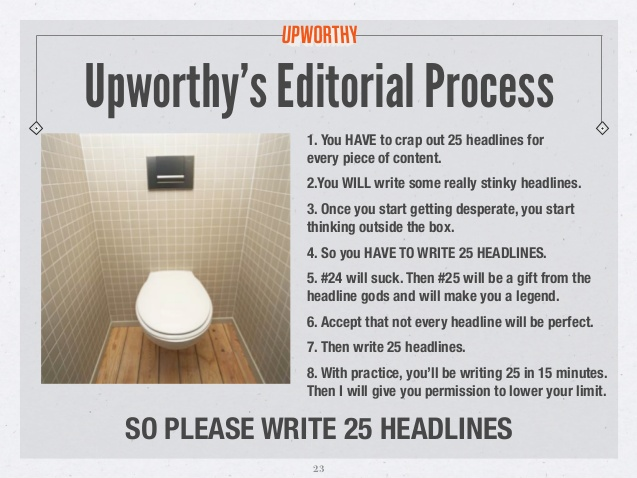
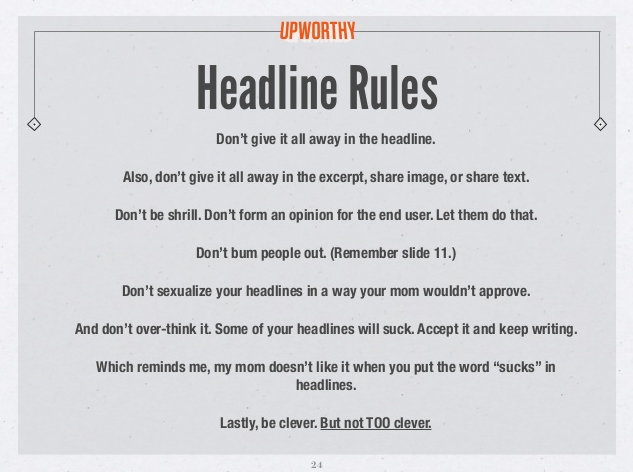
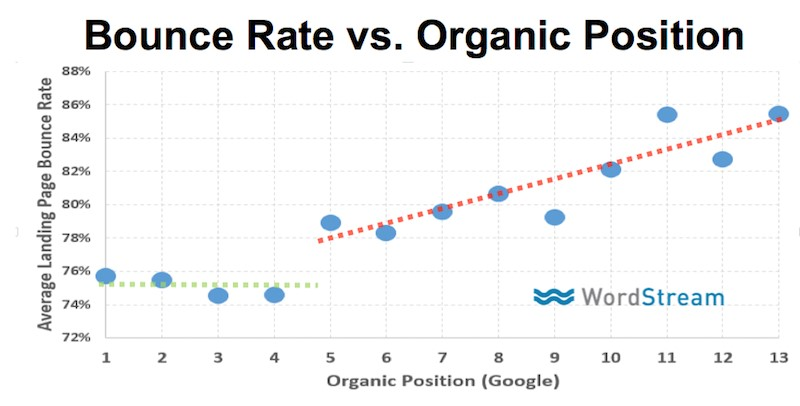
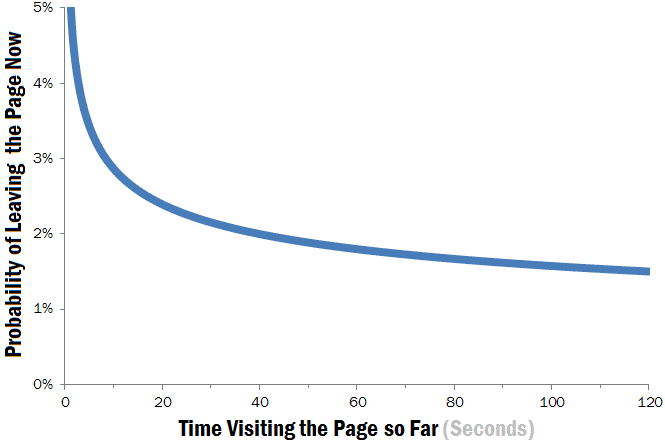
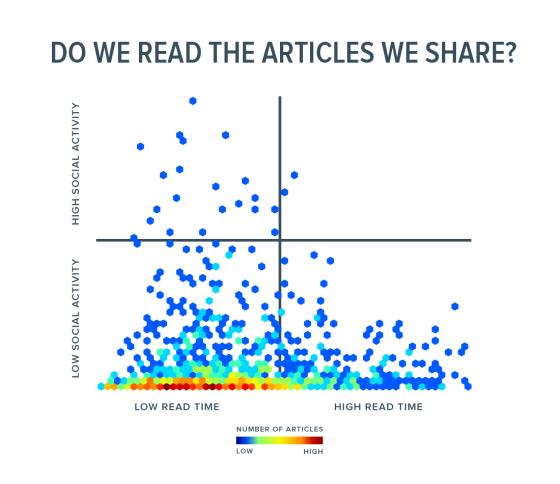
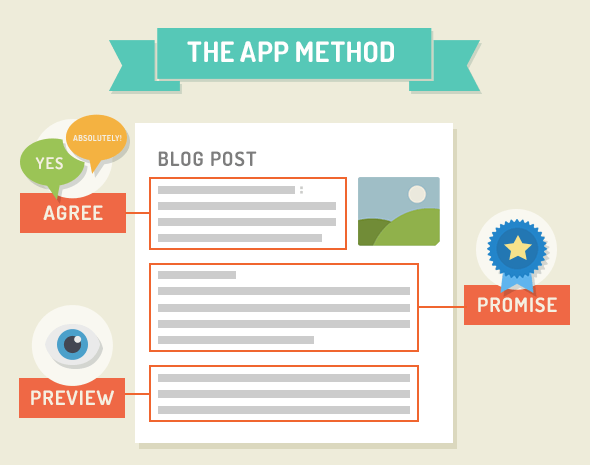
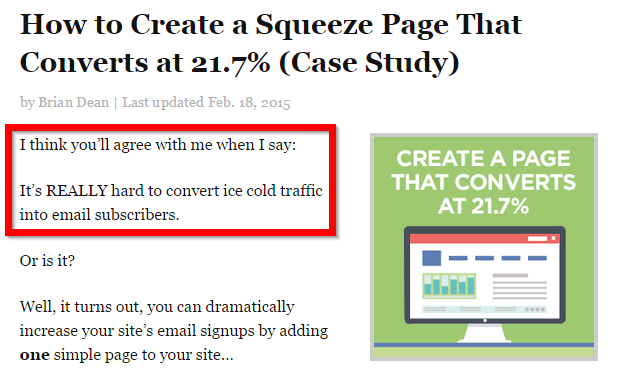
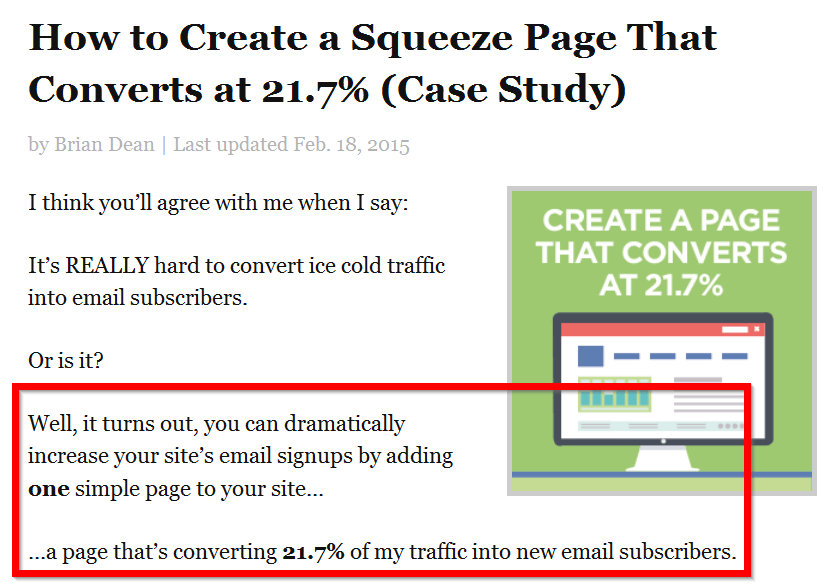

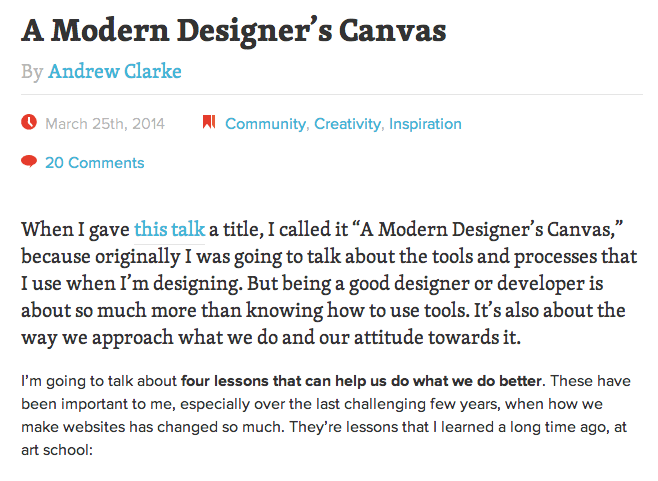

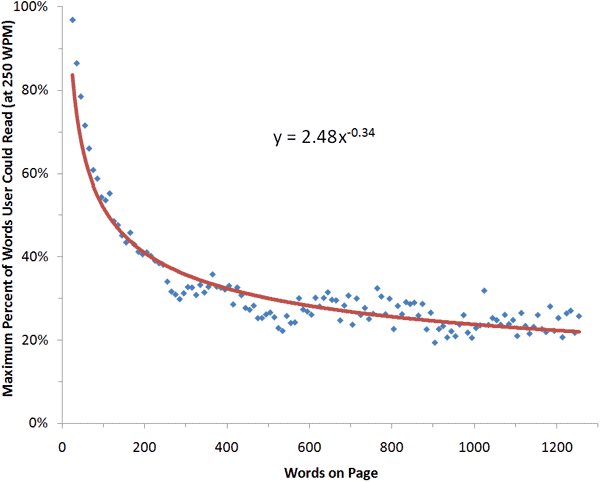
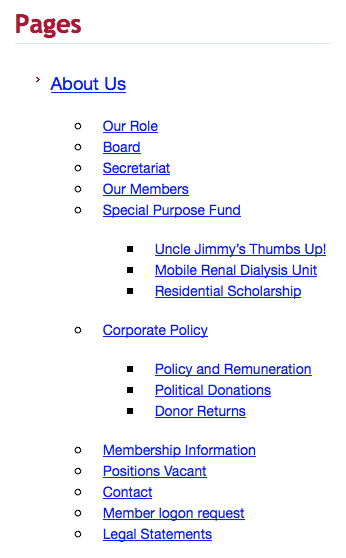
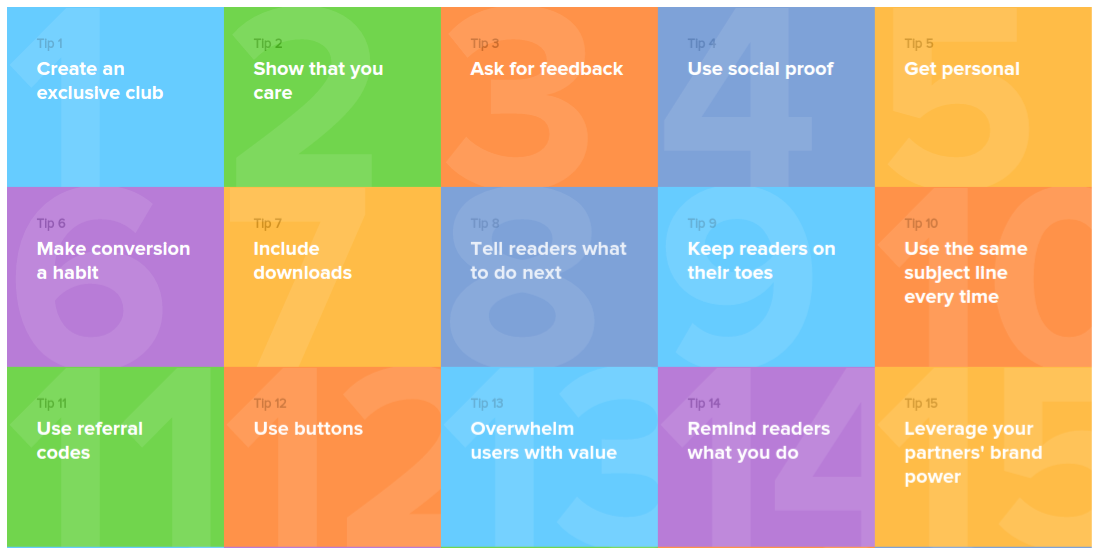
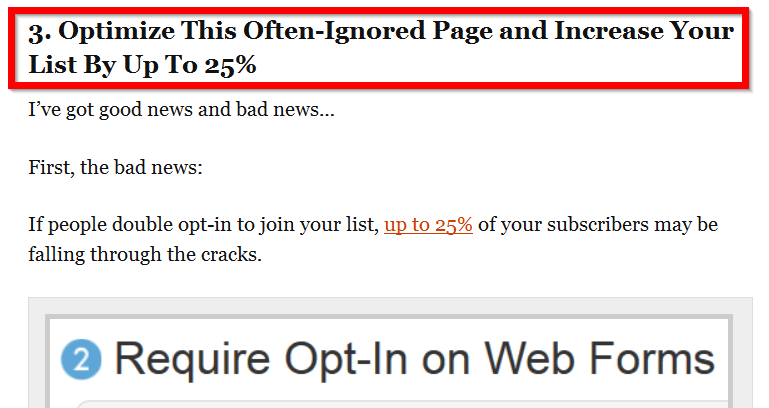
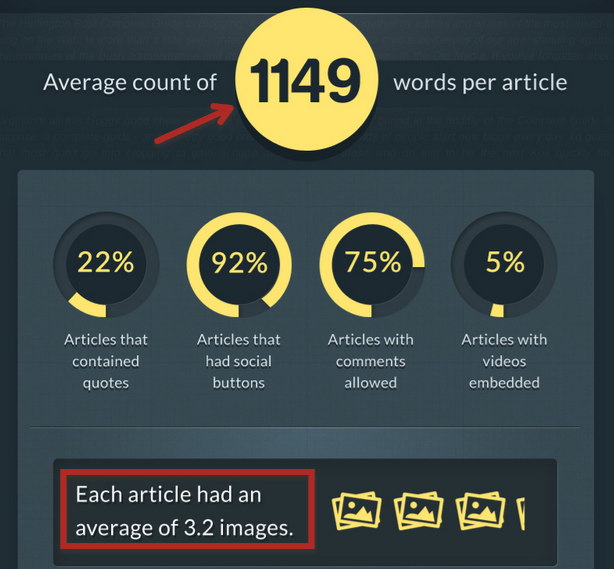
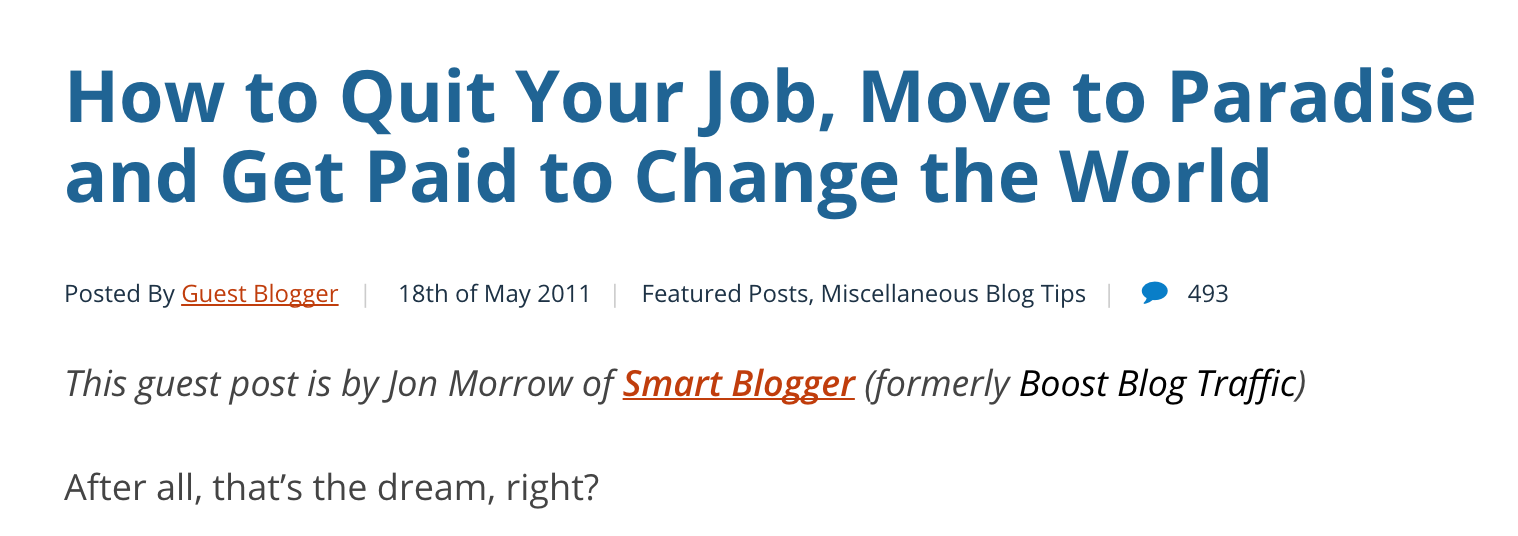
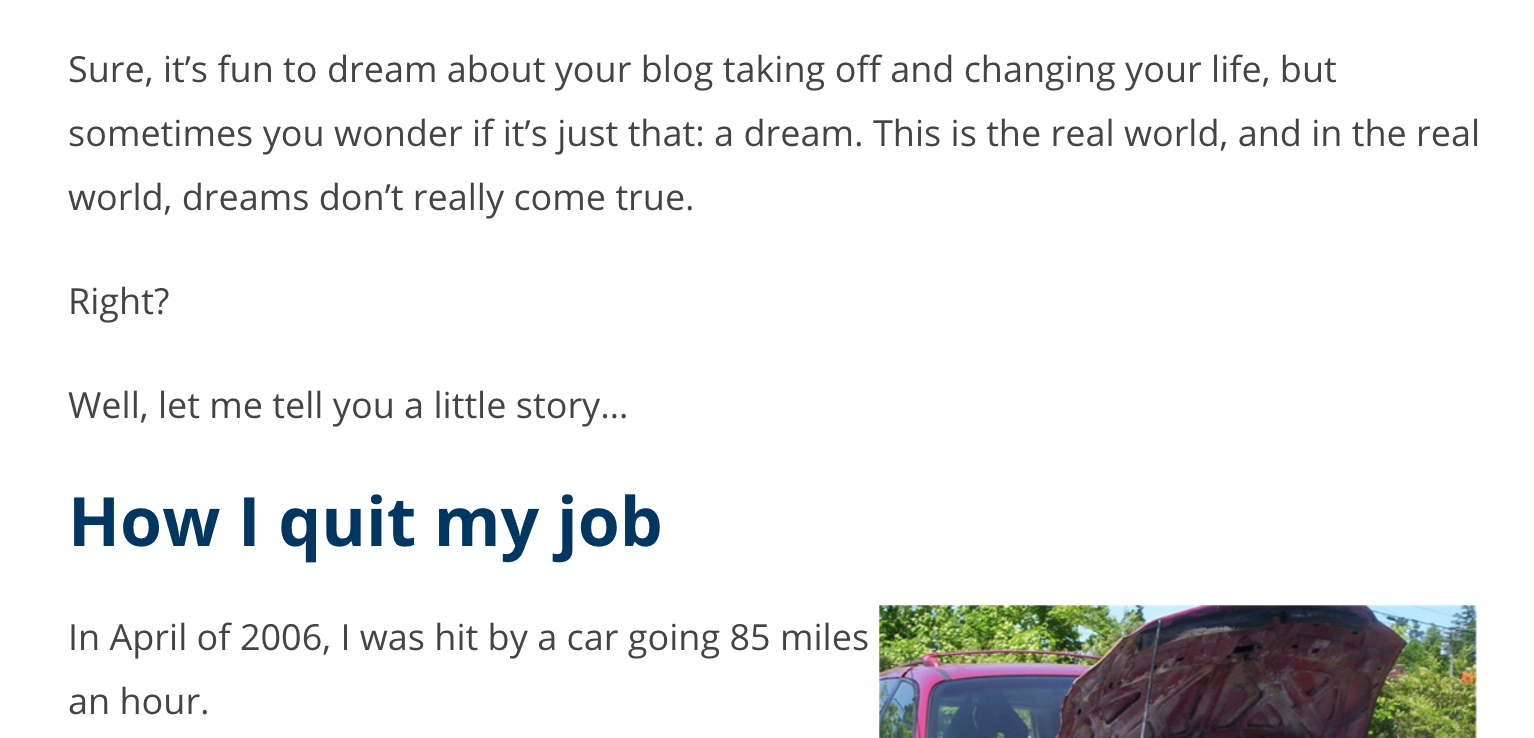
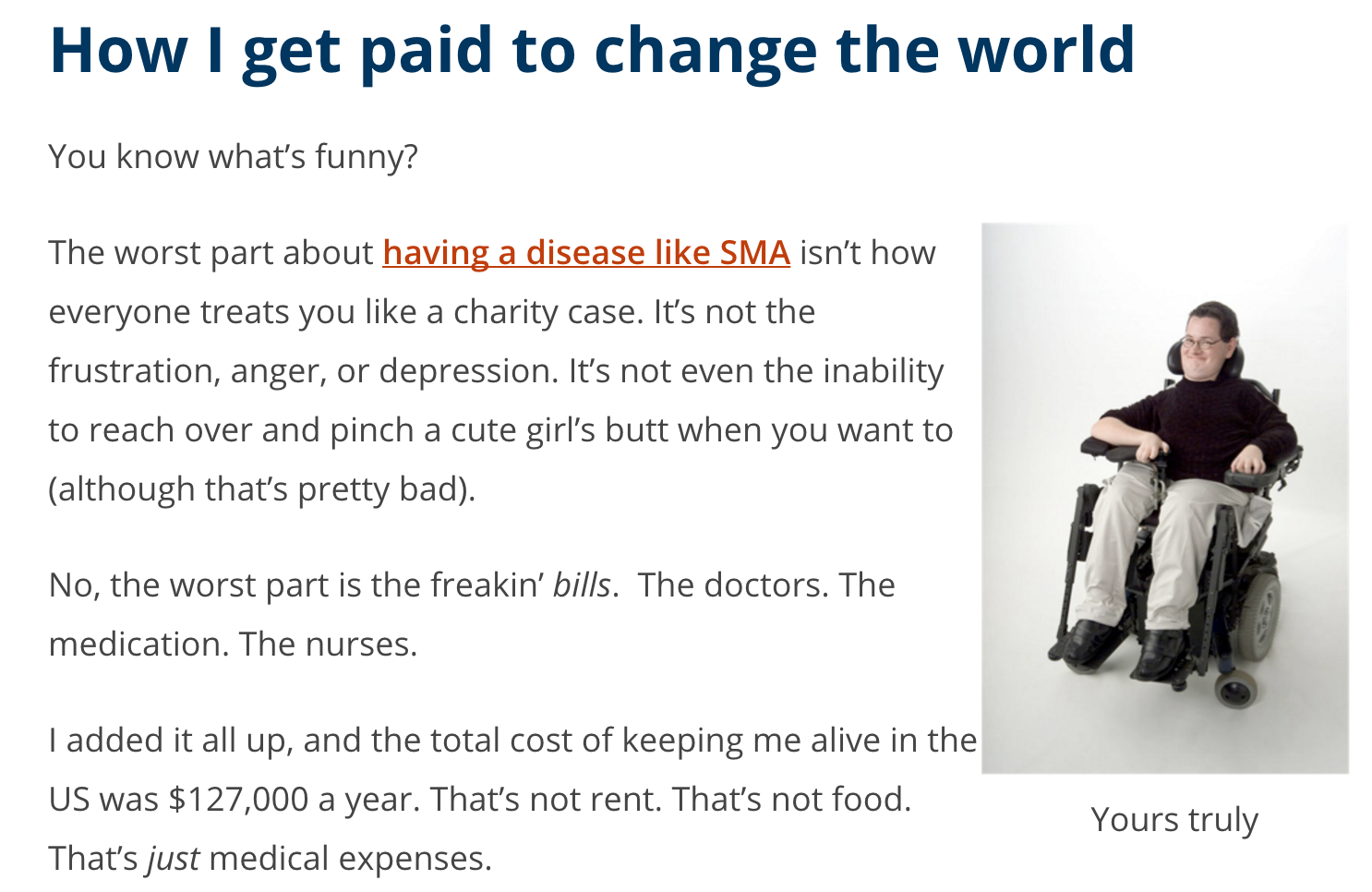
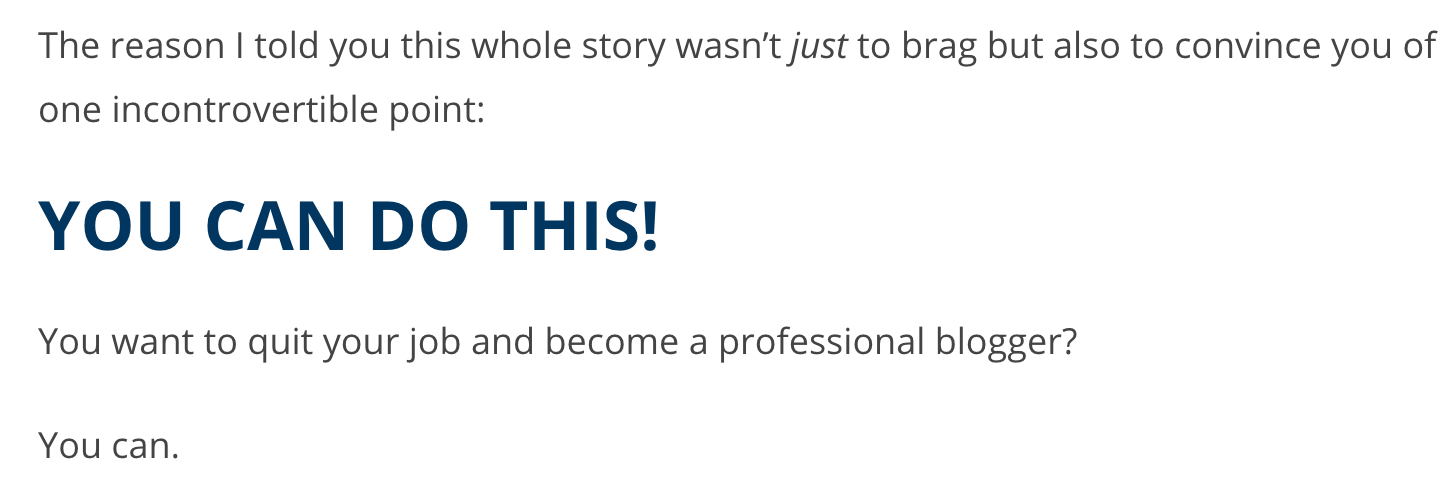
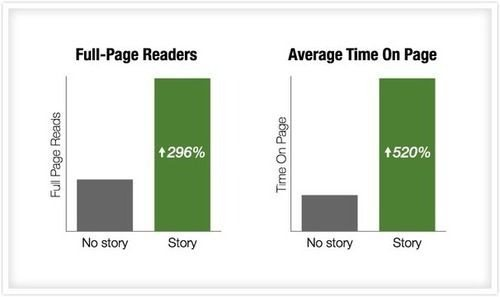
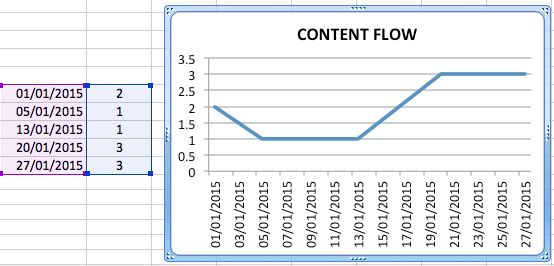
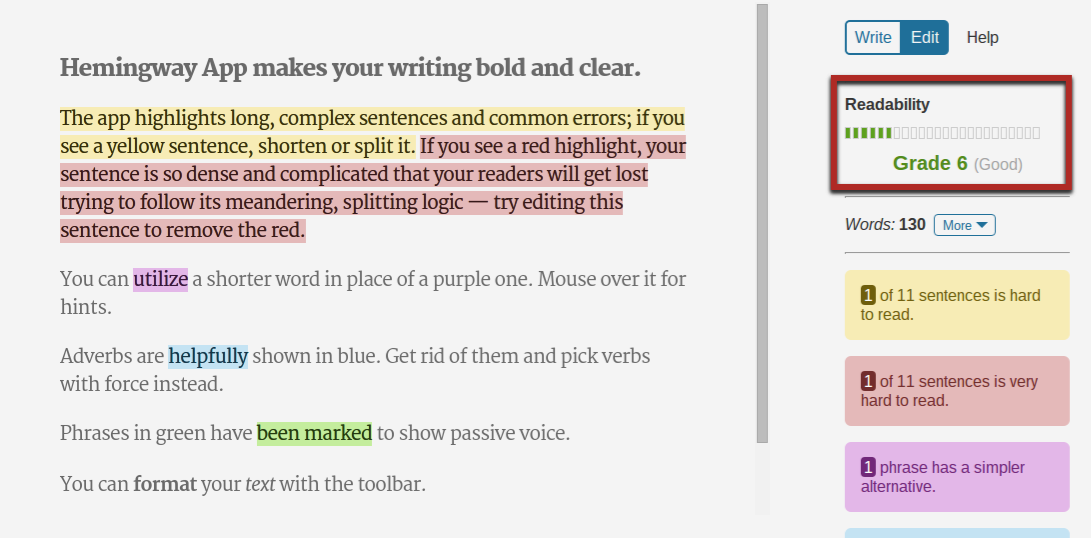
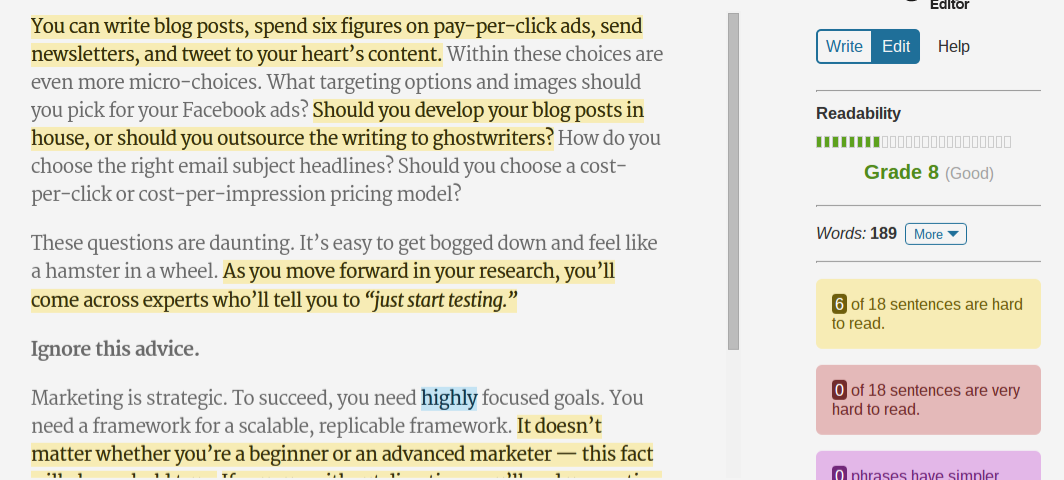
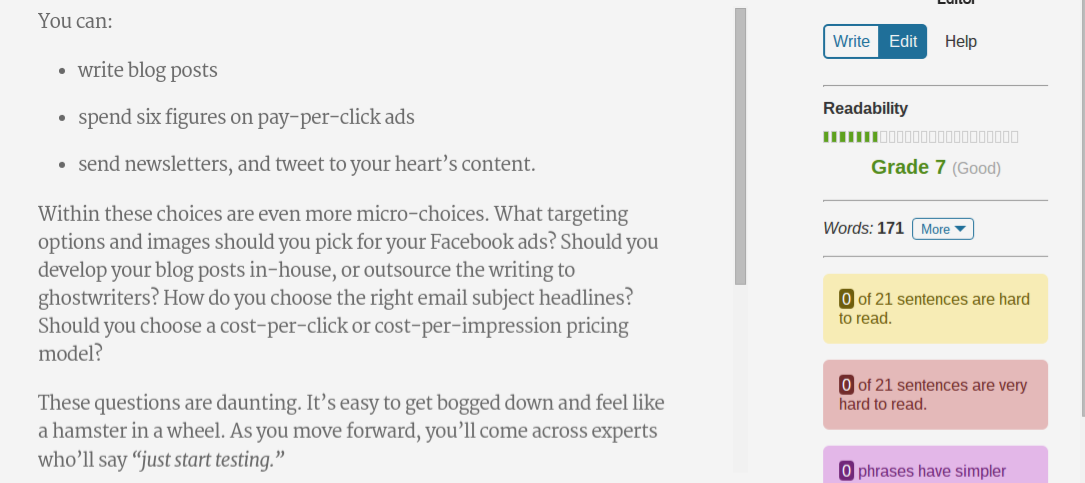


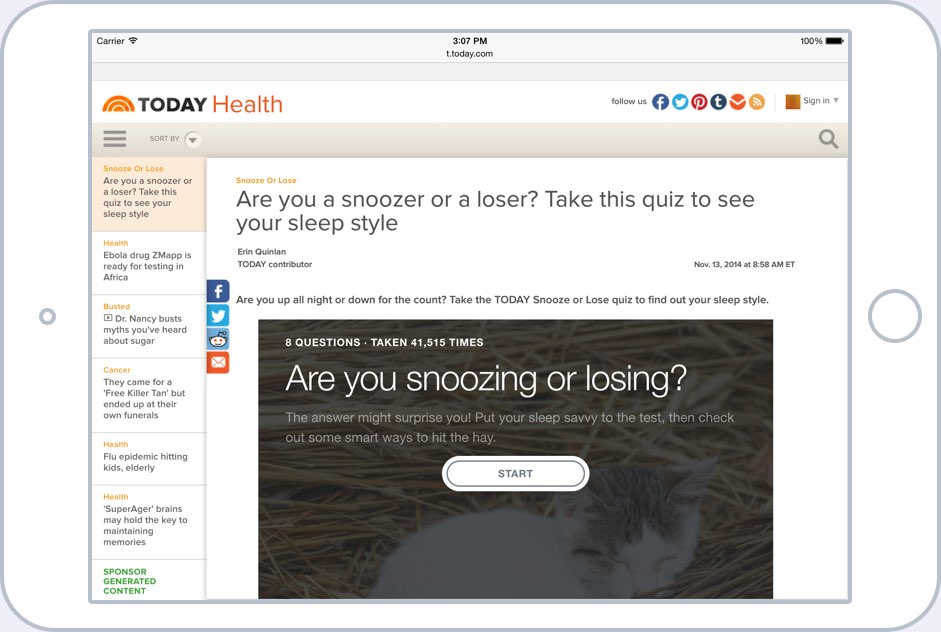
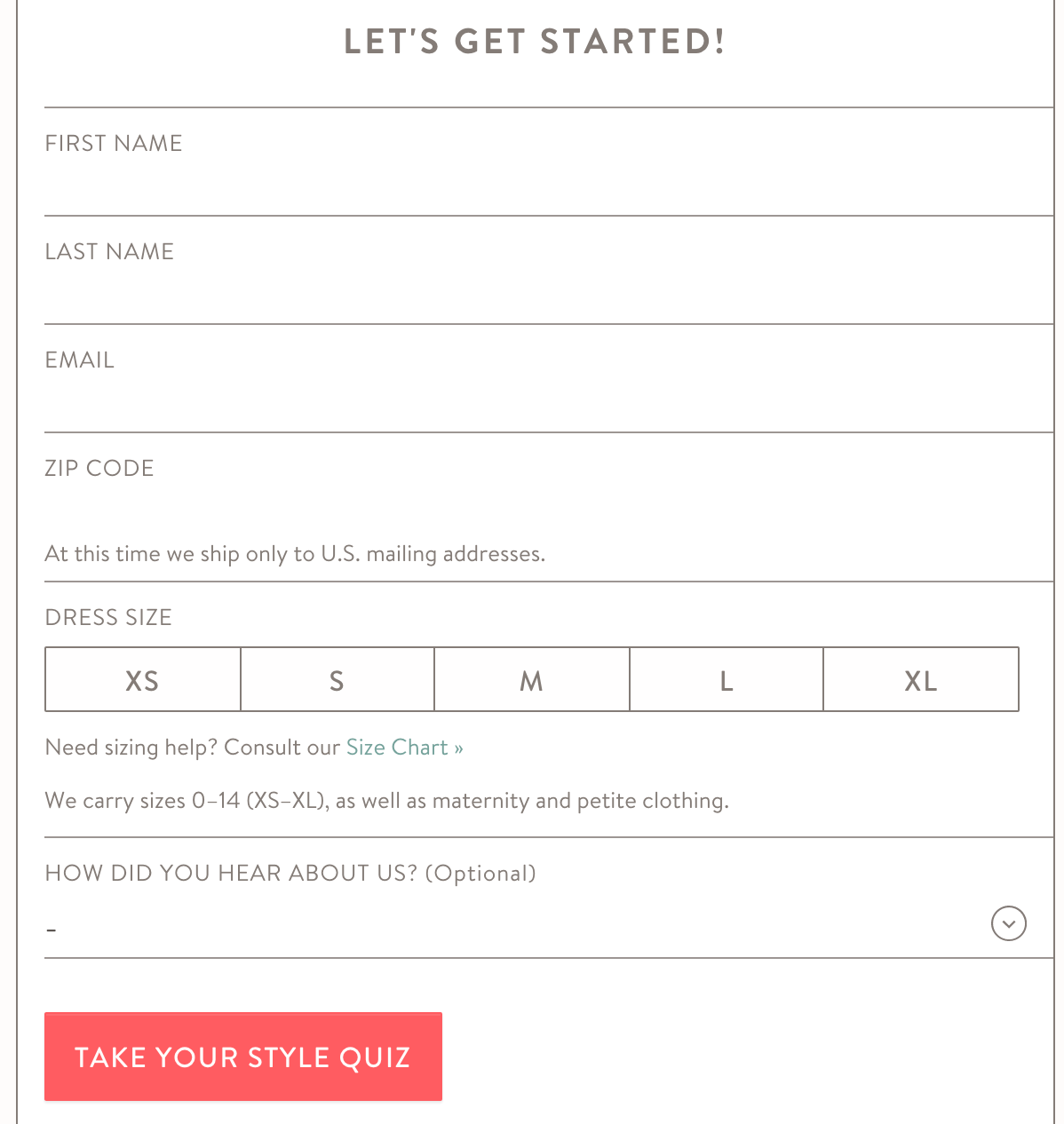
Comments (38)